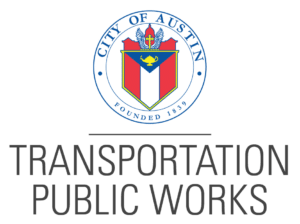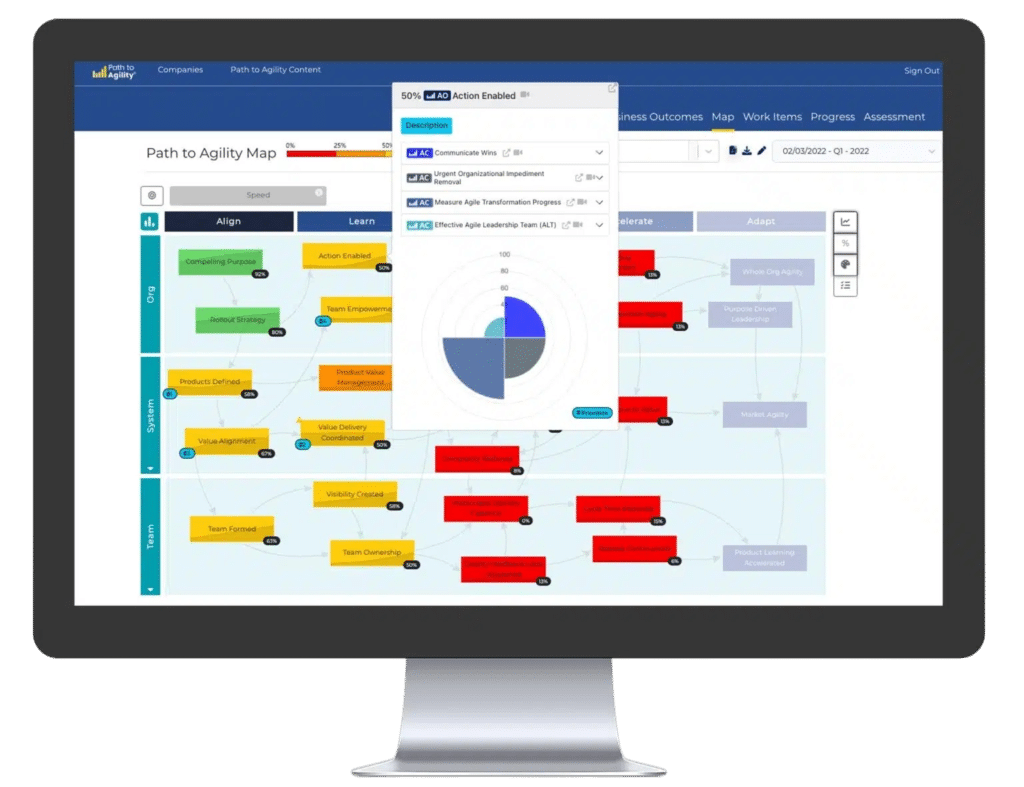
Enhance your organization’s capabilities with Agile Velocity’s expert services, enabling your teams to collaborate seamlessly, adapt to evolving demands, and achieve ongoing success.


















Ignoring the need for continuous improvement in your Agile practices can have serious repercussions, affecting your organization’s ability to compete and thrive in a dynamic market.
We understand the challenges of transforming cost centers into value providers. Agile Velocity partners with you to ensure strategic decisions are made faster and projects are delivered predictably, on time and on budget.
Accelerate your time to market and respond swiftly to new opportunities.
Enhance product quality and ensure reliable, on-budget project completion.
Empower leadership with clear prioritization and strategic agility.
Agile Velocity provides tailored services to conquer your challenges and achieve measurable agility and value delivery improvements.
Transform your business operations with Agile Velocity’s expert consulting services, designed to enhance efficiency and align your strategic goals for unparalleled value delivery.
Empower your organization to achieve Agile success with our transformative consulting services, designed to enhance collaboration, maximize ROI, and enable sustainable results.
Unlock the power of AI in your Agile framework with our coaching services, designed to enhance efficiency, decision-making, and innovation in your business processes.
Transform your team’s potential with tailored Agile coaching that enhances collaboration, accelerates delivery, and drives sustainable growth.
Stop struggling to find the right Agile talent with our expert staffing services, connecting you to top-tier, pre-vetted professionals for high-performing teams and successful project delivery.
Make informed strategic decisions with Lean Portfolio Management (LPM), a systematic approach that aligns work with goals and utilizes data to navigate digital disruption.
Lead successful transformations with our Agile change management services, designed to help organizations adapt quickly to market shifts while maximizing ROI and productivity.
Energize your return to the office with our tailored in-person events, designed to foster collaboration, creativity, and a sense of belonging among your team.
Unlock the potential of your organization with our streamlined process designed to guide you through the journey of Agile transformation.

Begin with a consultation to assess your current processes, identifying key areas for improvement.

We’ll create a tailored implementation plan outlining actions, timelines, and resource needs for your transformation.

Enjoy ongoing support as we monitor progress and adjust strategies to ensure lasting agility and success.
Meet some of our expert coaches. Our rigorous recruiting process ensures you’re matched with the best to make your agile journey successful and enjoyable.

Partner, Chief Transformation Officer
Eric brings sanity to your portfolio management capabilities, a pragmatic approach, and a bias toward action.

Agile Transformation Coach
David brings process improvement and lean-agile thinking to all levels of an organization.

Agile Transformation Coach
Bhavani brings thought leadership, empathy, and practical and tangible result

When we were about to start our Agile Transformation, we knew we wanted training and coaching to help get things off on the right foot. We spoke to a few different companies and eventually selected Agile Velocity because they were nimble and shared our vision for what a successful transformation should look like.
We accelerated through our transition with Agile Velocity’s help. The Path to Agility was crucial to our journey because it focused on outcomes, strengthened our capabilities, and became an integral part of our improvement mindset.
Before working with Agile Velocity we never finished a sprint. We are now completing sprints consistently and pulling in additional work.
[The best part about our transformation] once we got out of the bottom of the change curve, the energy fundamentally changed. There’s something about having things on the wall, having standups, and operating differently that they were able to take ownership in a way they never had the context to do well before. It was exciting and felt good to be around.
Our culture has changed significantly. We are a good place to work. We were voted one of the best places to work in Texas. But within IT, we were very siloed. Teams didn’t interact with each other, and we didn’t interact as much with our onsite business customers. But, now what you see is that buzz and energy. Everybody is really focused on collaboration and tackling things together.
I was impressed with Agile Velocity’s ability to quickly come up to speed, gain trust from the Southwest Teams and begin to partner in driving our transformation. They used the Path to Agility which drove alignment on goals, necessary actions, and focus areas as well as helped us track and visualize maturity. Their coaching enabled our teams to pivot and re-prioritize work in a quick and organized manner.

The Longhorn 100 celebrates the success of the 100 fastest-growing Longhorn-led businesses in the world, we’re #17 on the list and couldn’t be more excited!
Explore our latest articles for expert insights and practical guidance on navigating the complexities of agile transformation and organizational agility.
Take the first step towards predictable value delivery and lasting agility. Let’s discuss how Agile Velocity can help your organization thrive in today’s dynamic market.
We can help! Simply complete the form below and one of our experts will get back in touch with you shortly.